Uniquely for a vessel of this type, it will be common to see the jump-jet F-35B appear to land conventionally.
This is a process called Shipborne Rolling Vertical Landing. It is a process designed to land jump-jet aircraft that uses both the vertical thrust from the jet engine and lift from the wings, thus maximising the payload an aircraft can return with and stopping the financial waste that comes with dropping expensive weaponry in the sea in order to land vertically.
Another operational advantage of this technique is that it can increase the landing payload capacity of a V/STOL aircraft, which can be restricted when it lands vertically. It can also reduce the level of wear on the lift engines and extend their operational life. Similarly, it can reduce the amount of wear upon the deck surface of a carrier caused by the downward jet exhaust from vertical landings.
SRVL landing is under development for use with the F-35B when it enters service with the Royal Navy in 2018. Rolling landings will enable the F-35B to land on these carriers with an increased weapon and fuel load and will use the aircraft’s computer controlled disc brakes.
The Queen Elizabeth class mark a change from expressing carrier power in terms of number of aircraft carried, to the number of sortie’s that can be generated from the deck. The class are not the largest class of carrier in the world but they are most likely the smallest and least expensive carrier the Royal Navy could build which still have the advantages that large carriers offer.
Now that the UK has committed to a fleet of 138 aircraft, details on the structure of the F-35 force have been revealed.
It is expected that the UK will build a front-line fleet of 48 aircraft with each squadron having 12 jets. A fifth unit, an operational conversion unit, will also operate 12 aircraft.
The structure of the Lightning force is now somewhat clear.
- 17(R) Squadron is currently based at Edwards Air Force Base in the US and fills role of F-35B Operational Evaluation Unit.
- 617 Squadron will be based at RAF Marham and will be the first operational British F-35 unit in 2019.
- 809 Naval Air Squadron will also be based at RAF Marham.
- 2 more unnamed frontline Squadrons are to be established.
- 1 Operation Conversion Squadron will also be formed.
Sea trials begin in the New Year and the vessel moves to Portsmouth in 2017.


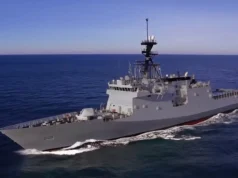
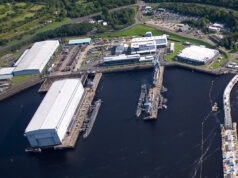
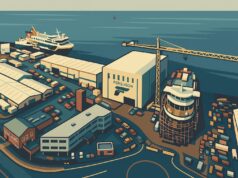
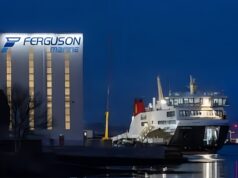
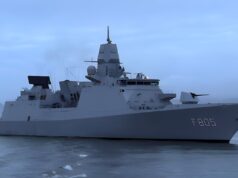




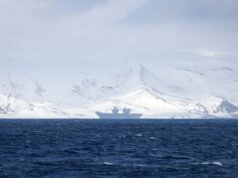

Some effort on the wheel brakes.
30+ tonnes @ 100+kmh in 200-300 feet!
Why not employ traps? They’re cheap and they could land in the same way the F35C does.
Of course they’d need to have been designed that way, though.